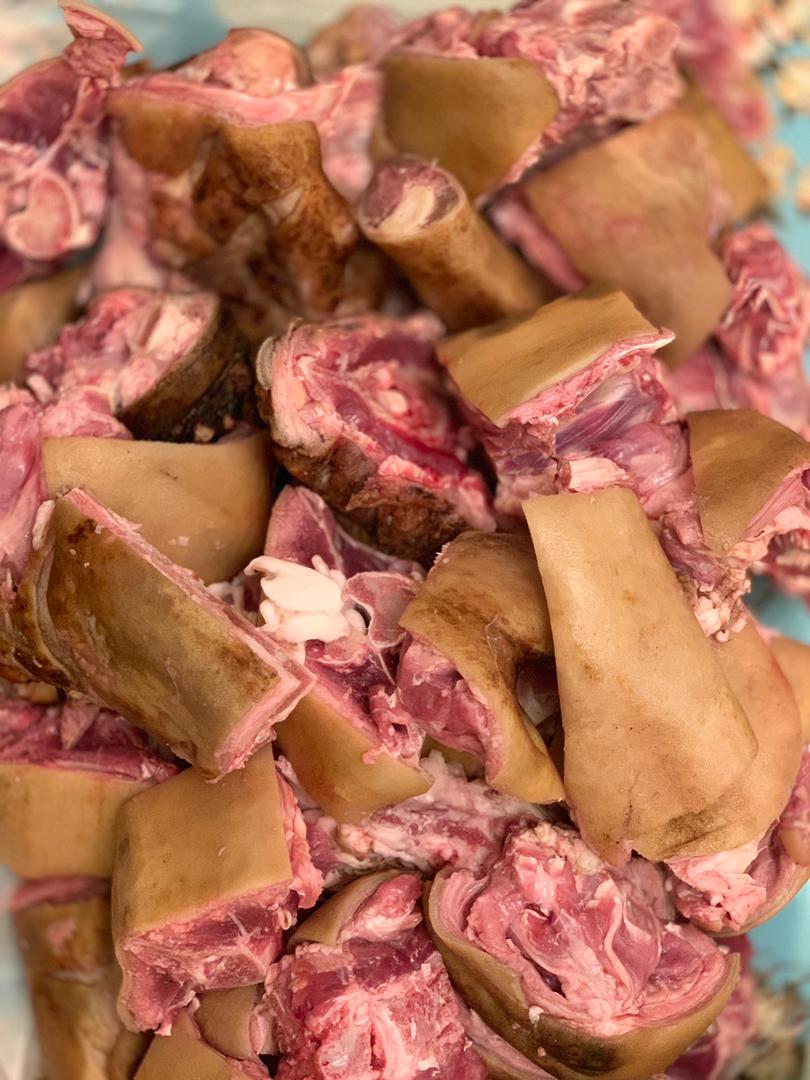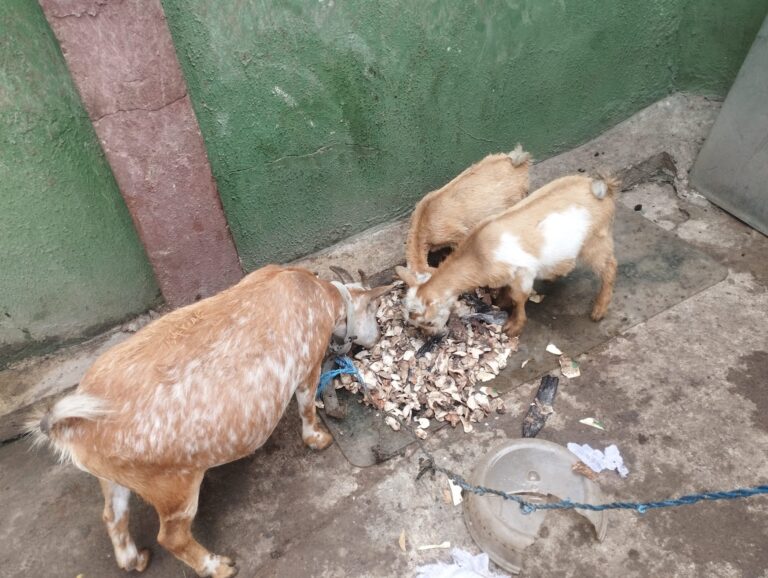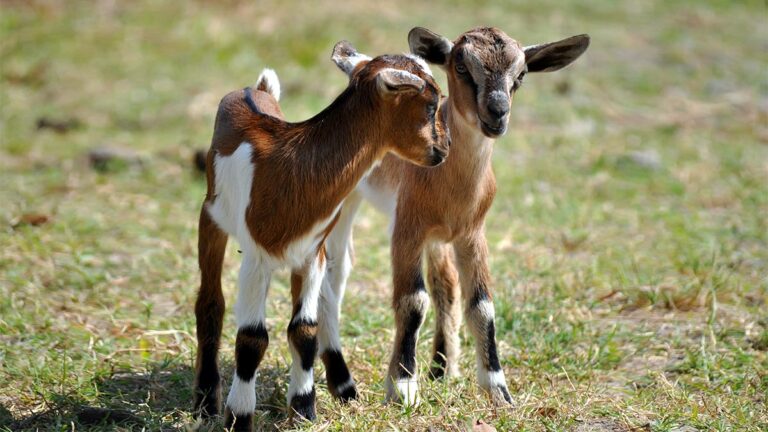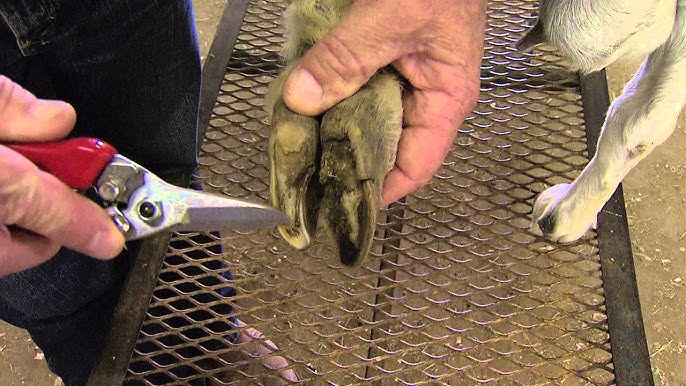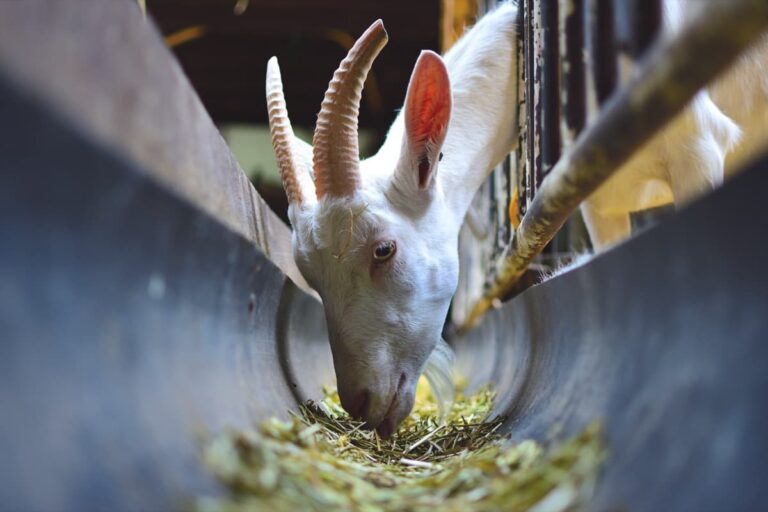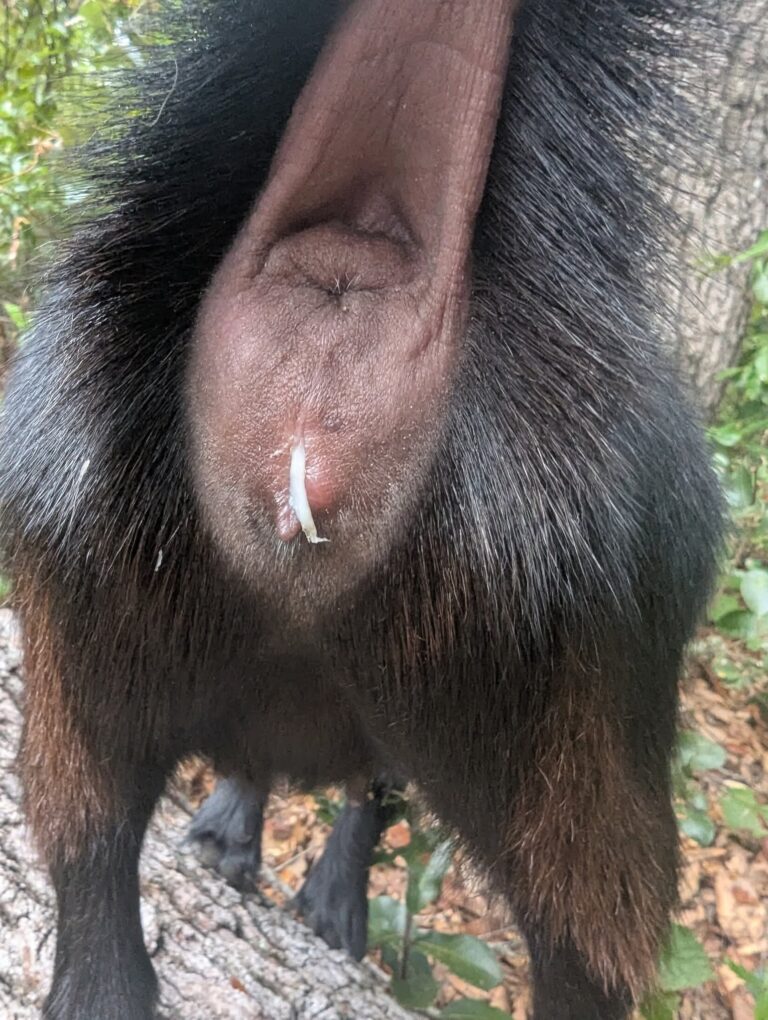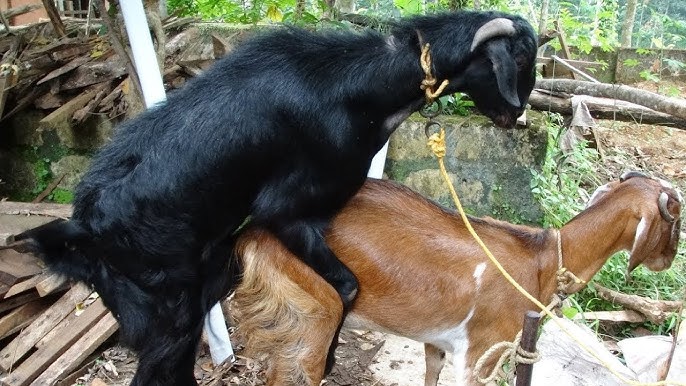Goat farming has become one of the fastest-growing livestock enterprises worldwide, offering farmers a sustainable source of meat, milk, and income. Among these, meat production is the most profitable venture for many smallholders and commercial farmers alike.
Goat meat, commonly known as chevon, is prized for its lean quality, distinctive flavor, and nutritional value. With growing demand in Africa, Asia, the Middle East, and increasingly in Western markets, raising goats for meat is an attractive business opportunity.
However, success in goat meat production requires more than buying a few goats and hoping they multiply. Farmers must understand breed selection, housing, nutrition, breeding, health management, and marketing strategies.
This complete guide is designed for beginners who want to raise goats for meat and build a profitable and sustainable farm.
Why Raise Goats for Meat?
Goat meat is in high demand across diverse cultures, making it one of the most lucrative livestock markets. Compared to cattle or sheep, goats require less space, adapt well to harsh environments, and thrive on a wide range of forages.
Their ability to reproduce quickly, with many does kidding twins or triplets, allows for rapid herd growth and frequent sales.
Goat meat is also healthier than many other red meats, being lower in fat and cholesterol, yet rich in protein and iron.
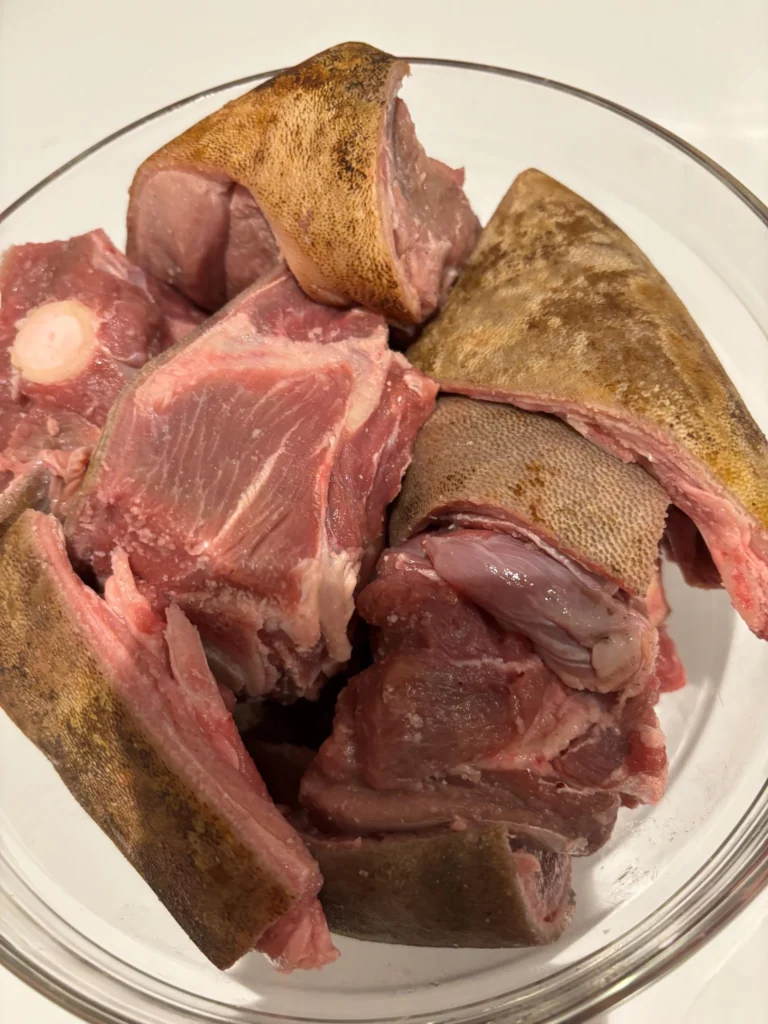
For small-scale farmers, goats provide a steady source of cash flow, as they can be sold at various ages, from weanlings to mature adults, depending on market demand.
Choosing the Right Meat Goat Breeds
The first step in raising goats for meat is selecting the right breed. Not all goats are suited for meat production; some are primarily dairy breeds, while others are dual-purpose.
Popular meat breeds include the Boer goat, originally from South Africa, known for its rapid growth, muscular build, and high carcass yield. The Kiko goat from New Zealand is another excellent option, valued for its hardiness and ability to thrive in challenging conditions.
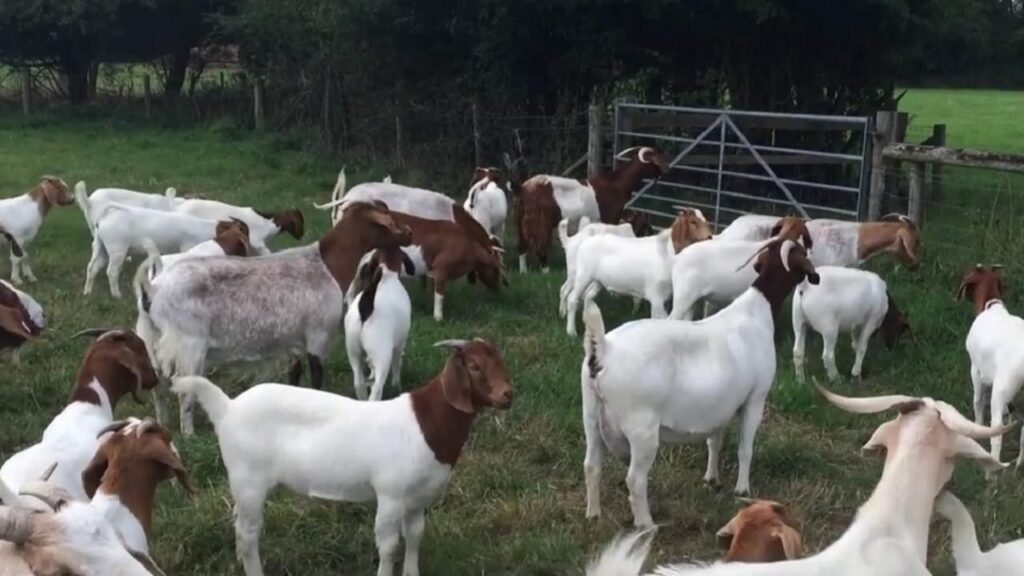
Other breeds such as the Spanish goat, Savanna goat, and Nubian goat also perform well in meat production systems.
In many regions, crossing exotic meat breeds with local indigenous goats creates hybrids that combine productivity with adaptability.
Beginners should choose breeds that are well-suited to their local climate, forage availability, and market demand.
Housing and Fencing for Meat Goats
Proper housing is essential for keeping goats healthy and productive. Goat houses should be well-ventilated, dry, and easy to clean. Raised slatted floors are particularly effective in preventing foot diseases and keeping pens dry.
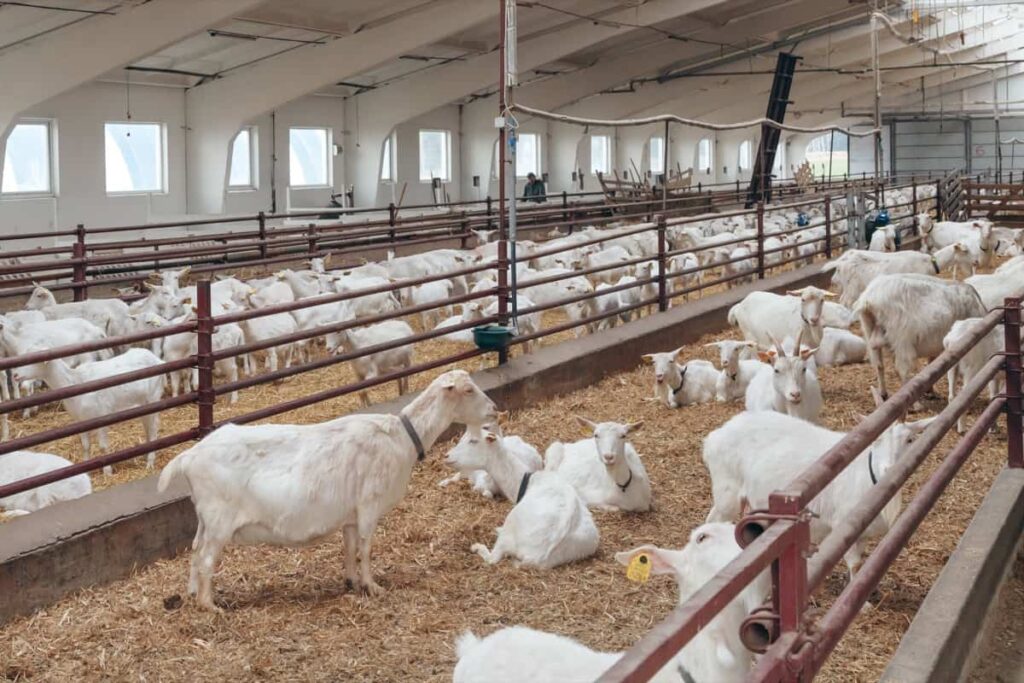
Space allocation is critical; overcrowding increases stress and disease spread, while too much unused space leads to management inefficiencies. As a rule of thumb, each adult goat requires about 1.5 to 2 square meters of sheltered housing and 2.5 to 3 square meters of outdoor space.
Fencing is equally important in meat goat farming, as goats are natural escape artists and skilled climbers. Sturdy fencing using woven wire, electric fencing, or chain link is necessary to prevent escapes and protect goats from predators.
Rotational grazing systems work best when combined with well-designed fencing, as they allow for controlled access to fresh forage and reduce parasite loads.
Feeding and Nutrition for Meat Production
Nutrition is a major determinant of meat goat performance. Goats are browsers by nature, preferring shrubs, weeds, and tree leaves to grasses.
A meat goat diet should include high-quality forage, supplemented with concentrates when necessary to meet growth and finishing requirements.
Protein-rich feeds such as alfalfa, soybean meal, or legume hay promote muscle development. Energy-rich grains like maize and sorghum may be provided during finishing to increase carcass weight.
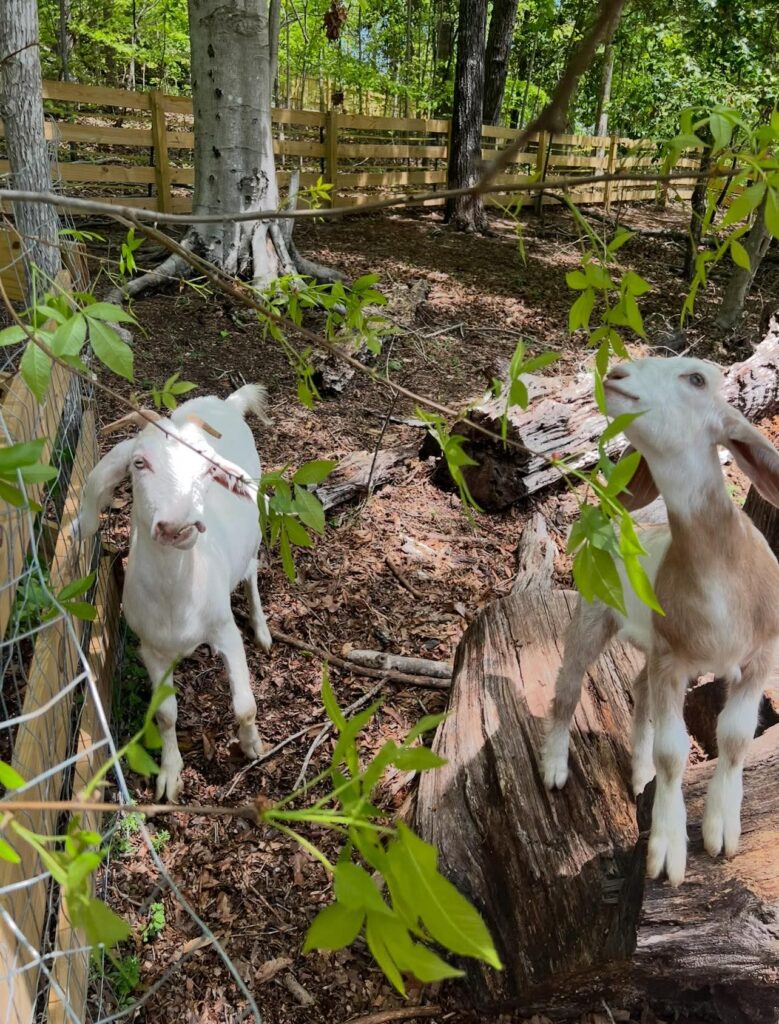
Minerals and vitamins play a vital role in fertility, growth, and immunity. Salt licks enriched with calcium, phosphorus, selenium, and copper (where safe) should always be available.
Clean drinking water is indispensable, as water restriction reduces feed intake and growth rates.
Farmers should also consider flushing: feeding does extra energy before breeding to increase the likelihood of twins or triplets, which accelerates herd growth.
Breeding and Herd Management
A successful meat goat farm depends on strategic breeding. Most meat goat breeds reach sexual maturity at 7 to 10 months, though it is best to breed does when they weigh at least 60–70% of their expected adult body weight.
Bucks should be strong, healthy, and genetically sound, as they contribute half of the herd’s genetic makeup. A single mature buck can service 25–30 does in one season.
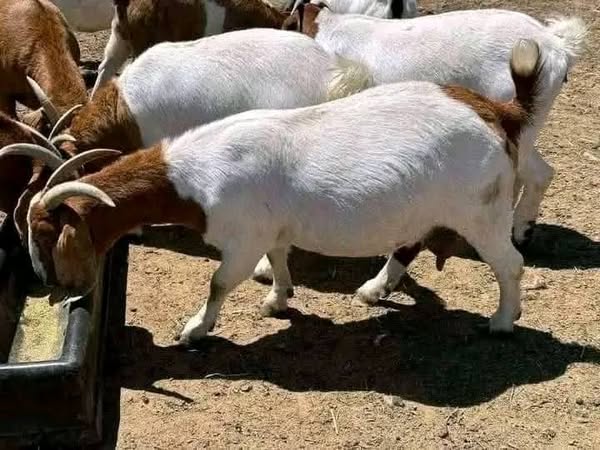
Breeding seasons vary by breed and region. While some goats are seasonal breeders, others like Boer and Kiko can breed year-round.
A well-planned breeding calendar helps ensure a steady supply of kids for sale or finishing. Record-keeping on heat cycles, kidding dates, and litter size allows farmers to track performance and make informed breeding decisions.
Health Management for Meat Goats
Goats are relatively hardy animals, but they are vulnerable to parasites, infectious diseases, and nutritional disorders.
Internal parasites, especially gastrointestinal worms, are among the leading causes of poor growth and mortality in meat goats.
Farmers must adopt integrated parasite management, including rotational grazing, selective deworming, and breeding for parasite-resistant lines.
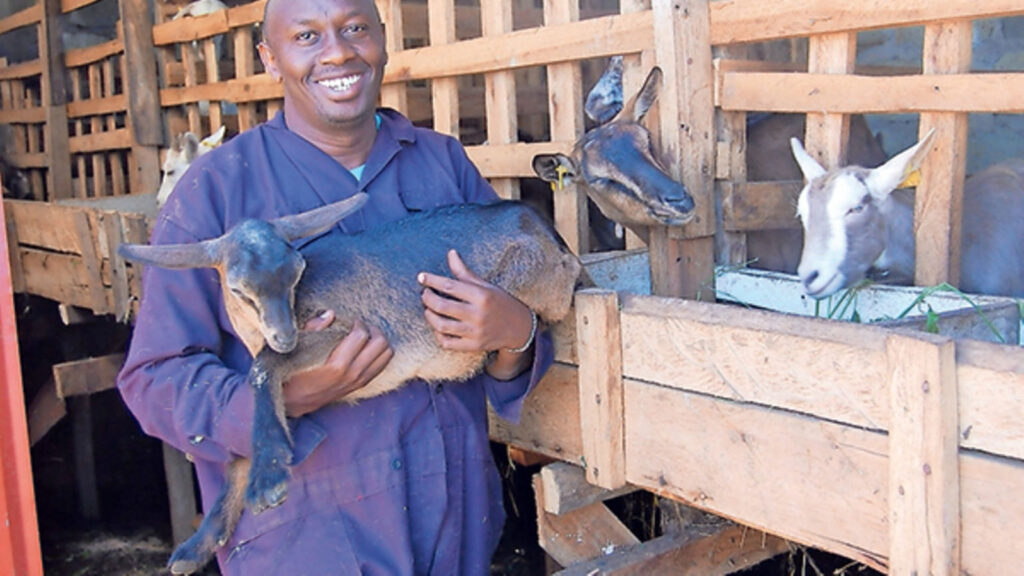
Vaccinations against diseases such as clostridial infections, peste des petits ruminants (PPR), and contagious caprine pleuropneumonia (CCPP) should form part of routine herd health programs.
Regular hoof trimming, external parasite control, and clean housing reduce disease risks.
Working closely with a veterinarian ensures early diagnosis and treatment of health issues, preventing major losses.
Managing Growth and Finishing Goats for Market
To maximize profitability, farmers should focus on growing and finishing goats efficiently for market. Growth monitoring through regular weighing helps track progress toward target market weights.
Meat goats are typically sold at 25–40 kg live weight, depending on buyer preferences and regional standards. Finishing involves feeding goats a higher-energy diet in the last few weeks before sale to improve muscle development and carcass yield.
Market demand influences when goats should be sold. Religious festivals, weddings, and cultural events often create spikes in goat meat demand, allowing farmers to fetch premium prices.
Marketing Meat Goats
Marketing is as important as production. Farmers must identify their target market: whether local butcheries, live animal traders, abattoirs, or direct consumers. Building relationships with buyers ensures steady demand and better prices.
In some regions, niche markets such as organic or free-range goat meat attract higher premiums. Cooperative marketing through farmer groups can also strengthen bargaining power and reduce marketing costs.
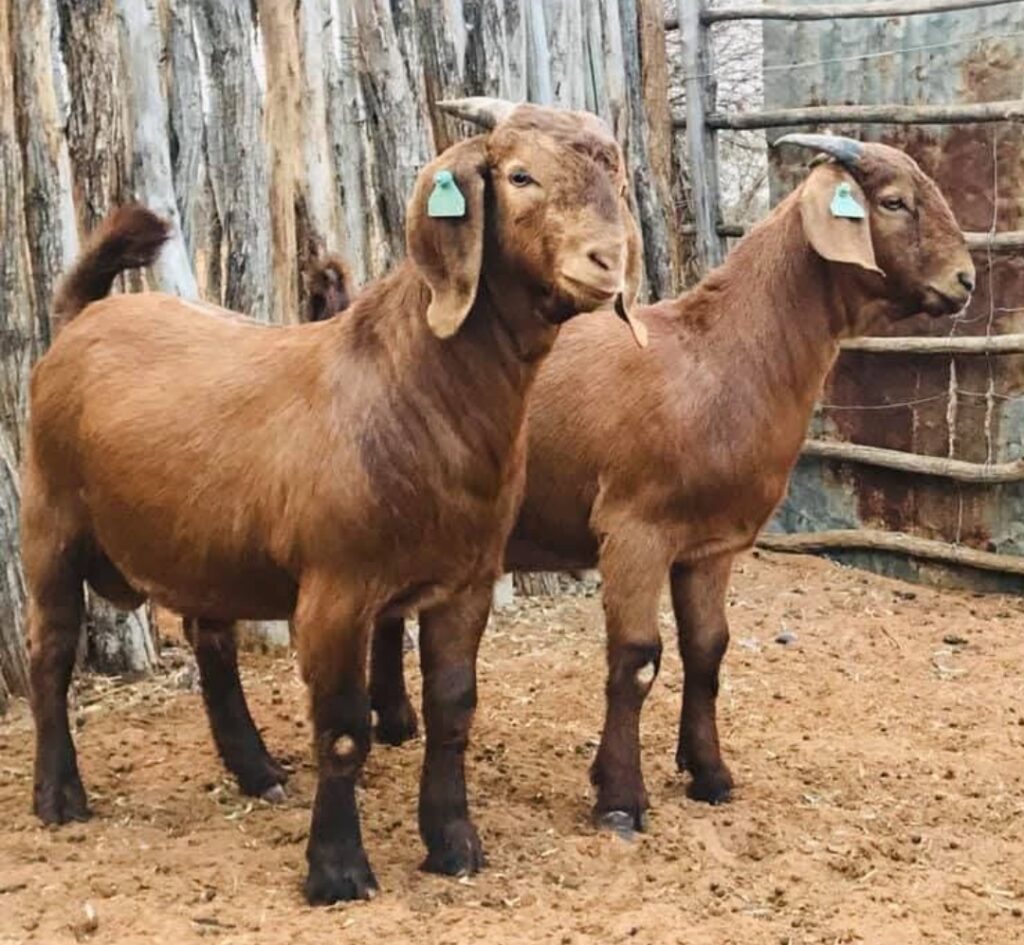
Value addition is another option for farmers. Instead of selling live goats, some farmers process and package goat meat, producing cuts, sausages, or ready-to-cook products. This approach requires compliance with food safety standards but can significantly increase profitability.
Challenges in Raising Goats for Meat
While meat goat farming is profitable, it comes with challenges. Common issues include high kid mortality, parasite resistance due to overuse of dewormers, theft, and fluctuating market prices.
Farmers must be proactive in addressing these challenges by adopting best practices in herd management, securing farms against theft, and diversifying income streams. Training and extension services provide valuable knowledge to overcome these hurdles.
Wrapping Up
Raising goats for meat offers beginners an exciting opportunity to enter the livestock industry with relatively low startup costs and high potential returns. Success depends on choosing the right breeds, providing proper housing and nutrition, managing reproduction effectively, and safeguarding herd health.
For beginners willing to invest time, effort, and learning, raising goats for meat is not only a source of income but also a pathway to long-term food security and rural development.
Related:

